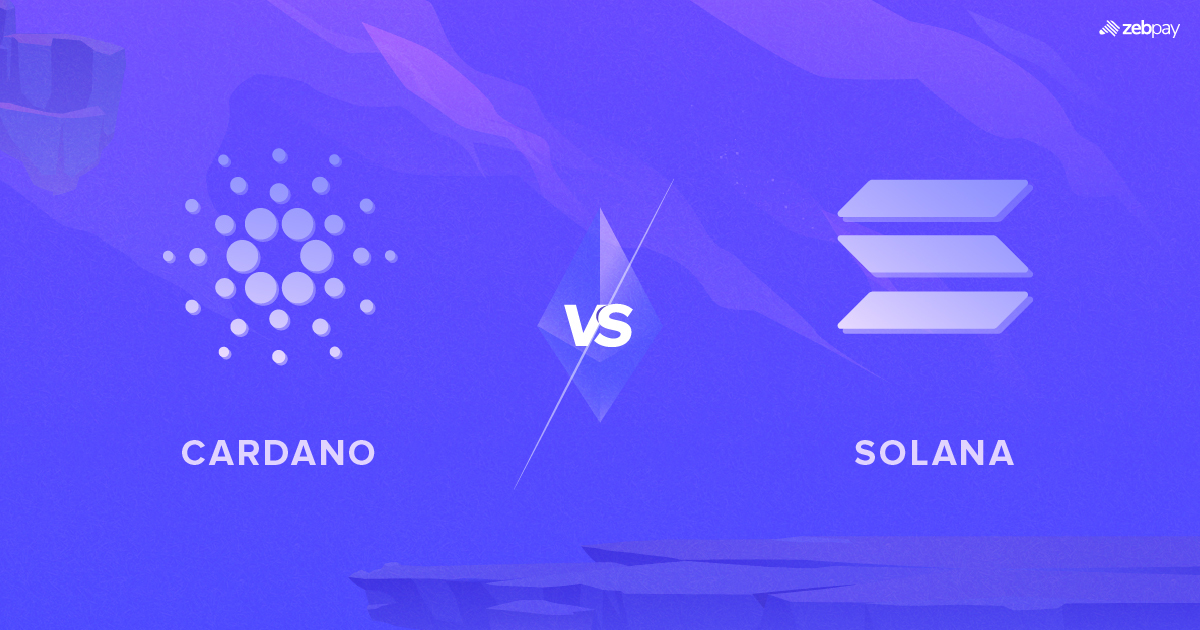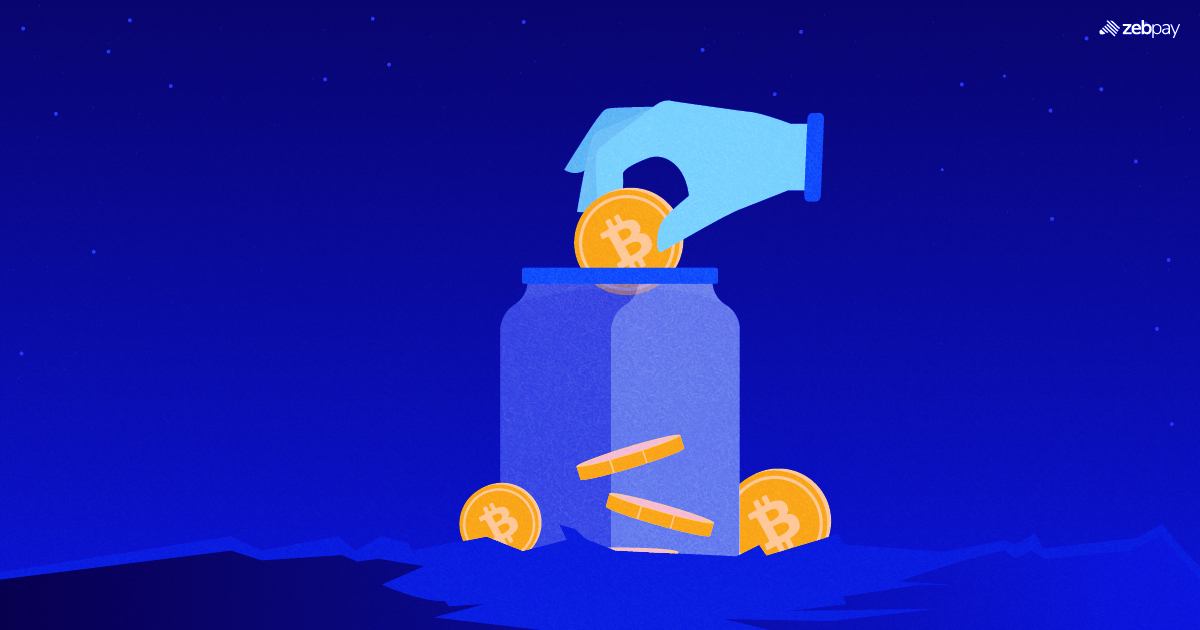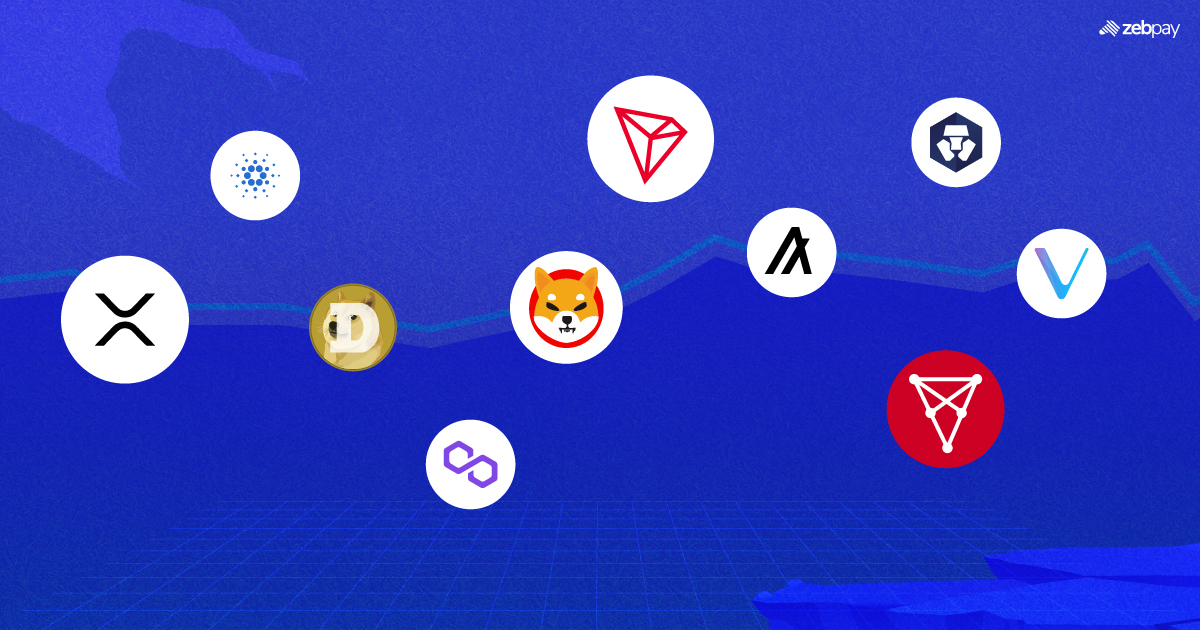Ethereum is currently the second-largest cryptocurrency by market cap. Unlike Bitcoin, Ethereum offers more than just simple transactions with its smart contract capabilities. However, even this groundbreaking blockchain faces the challenge of a limited number of transactions per second, which slows the network and drives gas fees to sky-high levels. This limitation sparked the rise of “Ethereum killers,” such as Cardano and Solana. But which of these two is the better investment in 2025?
What is Solana?
The Solana blockchain was launched in March 2020, with its technology based on a 2017 whitepaper authored by Anatoly Yakovenko.
Typically, blockchains do not factor in time when processing transactions, which can lead to issues during validation, such as older transactions being added to blocks after newer ones. Solana addresses this challenge with a unique consensus mechanism called Proof of History (PoH).
PoH synchronizes time across the blockchain, using it as an additional metric for validation. This not only speeds up transactions compared to older blockchains but also enhances the overall efficiency and scalability of the network. Additionally, Solana employs Proof of Stake to ensure network security.
The blockchain’s native token is SOL, and users can stake their tokens on the network. This process helps secure the blockchain by adding more validators, who are rewarded for their staked tokens.
Read more: How Does Solana Work?
What is Cardano?
Cardano was launched in 2017 by Charles Hoskinson, one of Ethereum’s co-founders. It is considered a third-generation blockchain, designed to overcome the limitations of earlier first and second-generation blockchains. The development and upgrades of Cardano are rooted in academic research.
Cardano enhances Bitcoin by supporting more complex deal settlements and decentralized applications (dApps). It also addresses the scalability issues that affect Ethereum. Like other third-generation blockchains, Cardano uses proof of stake instead of proof of work to secure its network. The development of Cardano is structured around five key themes:
- Byron – Foundation
- Shelley – Decentralization
- Goguen – Smart Contracts
- Basho – Scalability
- Voltaire – Governance
While work on all stages progresses simultaneously, updates are delivered to the blockchain sequentially.
Read more: Cardano price prediction
Features of Cardano and Solana
| Feature | Solana | Cardano |
| Launch Date | 16th March 2020 | 27th September 2017 |
| Supported uses | dApps, smart contracts, and NFTs supported | dApps, smart contracts, and NFTs supported |
| Consensus mechanism | Proof-of-History | Proof-of-Stake |
| Market Capitalisation | $94.6 billion | $26.72 billion |
| Price | $193.82 | $0.7593 |
Solana vs. Cardano: Pros and Cons
While Solana and Cardano are similar in function, both have their own strengths and weaknesses:
| Pros of Solana | Pros of Cardano |
| Fast Transactions – Solana is one of the fastest blockchains on the market. Its proof-of-history mechanism allows it to reach over 50,000 transactions per second. | Academic Research – Upgrades and development of the Cardano network are based on extensive academic research. Therefore, any changes brought to the network are among the best options in the industry. |
| Low Fees – Solana has incredibly low gas fees at just $0.00025 per transaction. When under load, older crypto tokens can hit gas fees higher than the value of the transaction. | 100% Decentralisation – In 2021, the Cardano network reached a new milestone of decentralisation. This means that the community is responsible for all block production on the network. |
| Ease of Development – Solana uses Rust, a popular programming language with a wide range of uses. This makes it easy for new developers to adapt to the Solana ecosystem and create applications. | Hydra Scaling – Hydra is a layer-2 solution on the Cardano blockchain that will support off-chain transactions to dramatically increase transaction throughput. |
| Cons of Solana | Cons of Cardano |
| Network Outages – Since its launch, Solana has experienced 7 network outages. While some are the result of DDoS attacks, others are due to congestion on the network. | Slow Development – While Cardano has been in development for several years now, it is still in its early stages. Development of the network is slow and frequent delays have pushed releases to the future. |
| Low Decentralisation – The Solana network has just over 1,000 validators. While anyone has the potential to become a validator on the network, this is harder in practice. The computing power necessary to run a Solana node is much higher than the average computer. | No Longer Revolutionary – When Cardano was released, features such as multi-chain compatibility were still far in the future. However, many other projects are offering the same solutions. It is an increasingly crowded space and it may be difficult for Cardano to differentiate itself. |
Choosing Between Cardano and Solana
Cardano and Solana both present excellent alternatives to older blockchains like Ethereum and Bitcoin. However, based on the information above, Solana is currently leading the way. With its significantly lower fees and faster transaction speeds, Solana is ahead of the Cardano network in terms of performance.
Additionally, Solana has become the second most popular blockchain for Non-Fungible Tokens (NFTs), following Ethereum. While Cardano has great potential for growth and could catch up with Solana through future upgrades, Solana currently stands out as the stronger option.
You can now buy Cardano and Solana on ZebPay Singapore securely!







